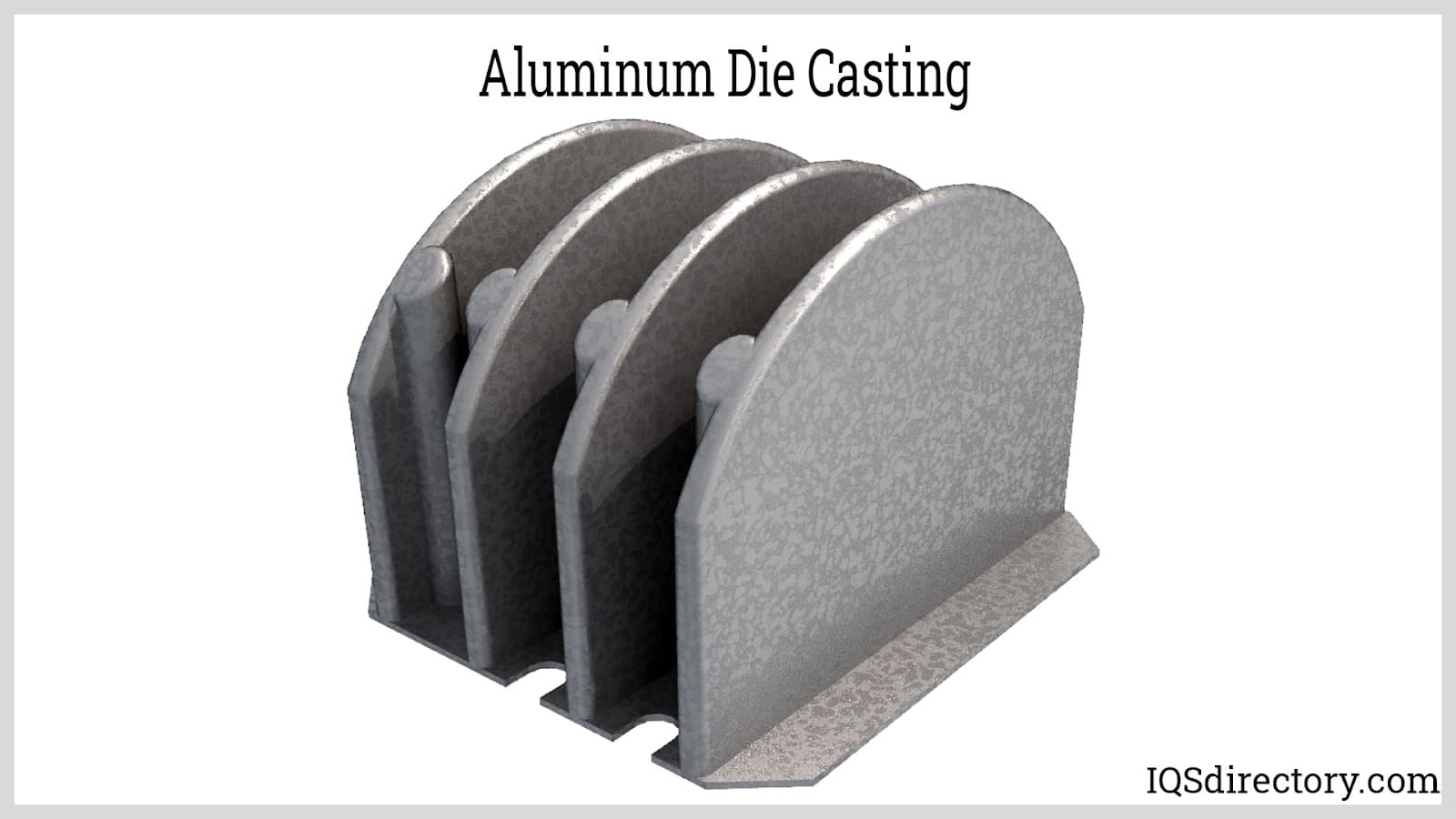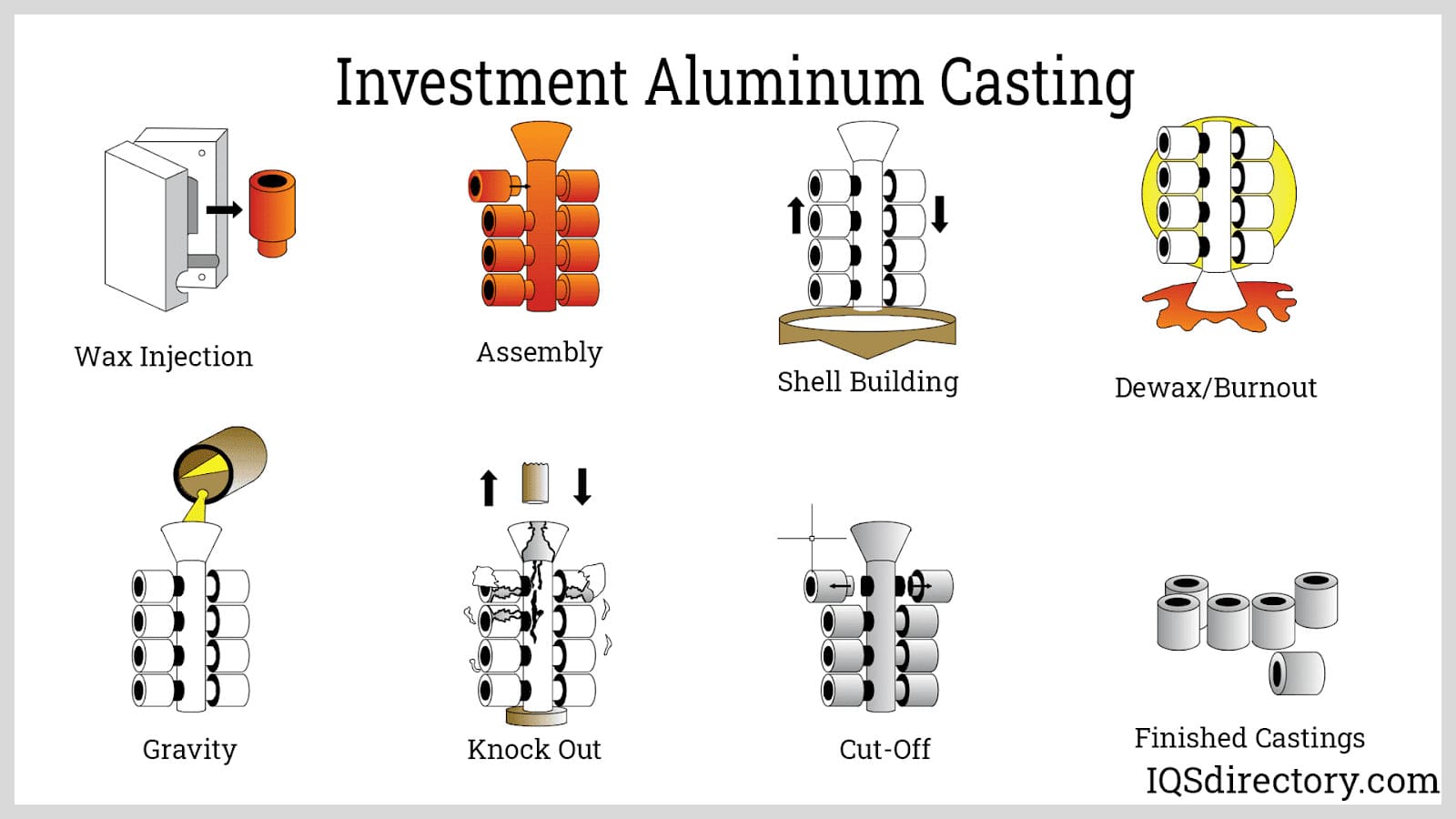The Definitive Guide for Stahl Specialty Company
The Definitive Guide for Stahl Specialty Company
Blog Article
The 20-Second Trick For Stahl Specialty Company
Table of ContentsIndicators on Stahl Specialty Company You Should KnowGet This Report about Stahl Specialty CompanySome Known Details About Stahl Specialty Company The smart Trick of Stahl Specialty Company That Nobody is Talking AboutThe Basic Principles Of Stahl Specialty Company The Definitive Guide for Stahl Specialty Company

If you're designing a steel item, you've likely taken into consideration making use of light weight aluminum as the base material. Pure light weight aluminum has restricted applications, so it is usually integrated with various other elements, such as silicon, magnesium, and manganese to form alloys.
Various aspects and amounts generate a variety of desirable physical and chemical homes. And the Light weight aluminum Association (AA), based in North America, has produced specifications that manage aluminum alloys' structure, homes, and nomenclature. There are two kinds of aluminum alloys wrought and cast. Shop workers develop these alloy enters various means, which considerably influences their features.
Stahl Specialty Company Can Be Fun For Everyone
Cast aluminum alloys are made by thawing pure aluminum and incorporating it with other metals while in liquid type. Then the mix is poured right into a sand, pass away, or investment mold. After solidification, the steel is eliminated from its mold and mildew. At this phase, it is in either its last kind or as a billet or ingot for further processing.

As an example, 160.0 stands for a cast with a minimum of 99.60% light weight aluminum. The fourth number, which follows the decimal factor, defines if the alloy is a spreading (xxx. 0) or an ingot (xxx. 1). Wrought aluminum alloys also start by incorporating molten light weight aluminum with other metals. In comparison to cast alloys, nevertheless, they are developed into their final form via processes such as extrusion, rolling, and flexing after the steel has actually solidified into billets or ingots.
There are several small distinctions between wrought and cast light weight aluminum alloys, such as that actors alloys can consist of a lot more considerable amounts of various other steels than wrought alloys. The most remarkable distinction in between these alloys is the fabrication process through which they will go to deliver the last item. Besides some surface treatments, cast alloys will exit their mold in nearly the exact strong kind wanted, whereas wrought alloys will certainly undergo several modifications while in their strong state.
If you believe that a functioned alloy might be the ideal for your job, have a look at a few of our short articles that clarify more concerning details functioned alloys, such as Alloy 6061 and Alloy 6063. On the various other hand, if you believe a cast alloy would certainly be much better for you, you can find out more regarding some actors alloys in our Alloy 380 and Alloy 383 write-ups (coming quickly).
How Stahl Specialty Company can Save You Time, Stress, and Money.
When choosing an aluminum foundry for your production requirements, it's vital to study a number of variables. One of the most important elements to think about is the experience and competence of the foundry. Foundry. Selecting a foundry who has the best knowledge of the aluminum spreading process, and the portfolio to show for it, aids to have a successful end result for your job
Having the experience and sector understanding to craft your castings for ideal production and quality end results will certainly simplify the job. Producing light weight aluminum castings needs a complicated collection of processes to attain the right outcomes. When determining on a brand-new aluminum shop to companion with, ensure they have considerable market experience and are well-informed regarding all elements of the light weight aluminum casting process: design, manufacturing, material evaluation, and product screening.
The shop needs to additionally have a tested performance history of delivering outstanding items that fulfill or exceed client expectations. Quality assurance should likewise go to the top of your listing when choosing an aluminum foundry. By dealing with a certified foundry who follows the requirements for quality assurance, you can secure the honesty of your item and guarantee it meets your specs.
By selecting a company that offers solutions that satisfy or surpass your product demands, you can be sure that your job will be completed with the utmost precision and performance. Certain light weight aluminum foundries concentrate on particular kinds of manufacturing processes or casting methods. Various parts require various production techniques to cast light weight aluminum, such as sand casting or pass away casting.
All About Stahl Specialty Company
Pass away casting is the name provided to the process of creating complicated metal components via use molds of the component, additionally recognized as dies. The process utilizes non-ferrous steels which do not have iron, such as aluminum, zinc and magnesium, due to the preferable residential or commercial properties of the steels such as reduced weight, greater conductivity, non-magnetic conductivity and resistance to rust.
Die casting manufacturing is fast, making high production levels of elements very easy. It creates more parts than any type of other procedure, with a high degree of accuracy and repeatability. To get more information about die casting and pass away casting products used while doing so, continued reading. There are 3 sub-processes that drop under the classification of die casting: gravity pass away spreading (or permanent mold and mildew casting), low-pressure die casting and high-pressure die spreading.
After the purity of the alloy is tested, dies are produced. To prepare the passes away for casting, it is vital that the dies are clean, so that no residue from previous productions stay.
8 Easy Facts About Stahl Specialty Company Described
The pure metal, additionally understood as ingot, is included in the heating system and maintained at the molten temperature of the steel, which is after that moved to the shot chamber and infused right into the die. The stress is after that kept as the metal solidifies. When the steel solidifies, the cooling process begins.
(https://www.awwwards.com/stahlspecialc/)
The thicker the wall surface of the component, the longer the cooling time because of the quantity of indoor metal that also needs to cool. After the component is totally cooled, the die halves open and an ejection mechanism presses the part out. Adhering to the ejection, the die is closed for the next injection cycle.
The flash is the added product that is cast throughout the procedure. This should be cut off using a trim tool to leave simply the major part. Deburring removes the smaller items, called burrs, after the trimming procedure. Lastly, the part is brightened, or burnished, to offer it a smooth surface.
Excitement About Stahl Specialty Company

Zinc is one of the most used alloys for die spreading due to its lower price of raw products. Its rust resistance likewise enables the parts to be lengthy lasting, and it is one of the extra castable alloys due to its lower melting factor.
As discussed, this alloy is just one of this one of the most commonly utilized, yet makes will, sometimes, choose light weight aluminum over zinc because of light weight aluminum's production benefits. Aluminum is extremely economical and among the a lot more flexible alloys. Light weight aluminum is utilized for a variety of various items and sectors anything from window frameworks to aerospace materials.
Report this page